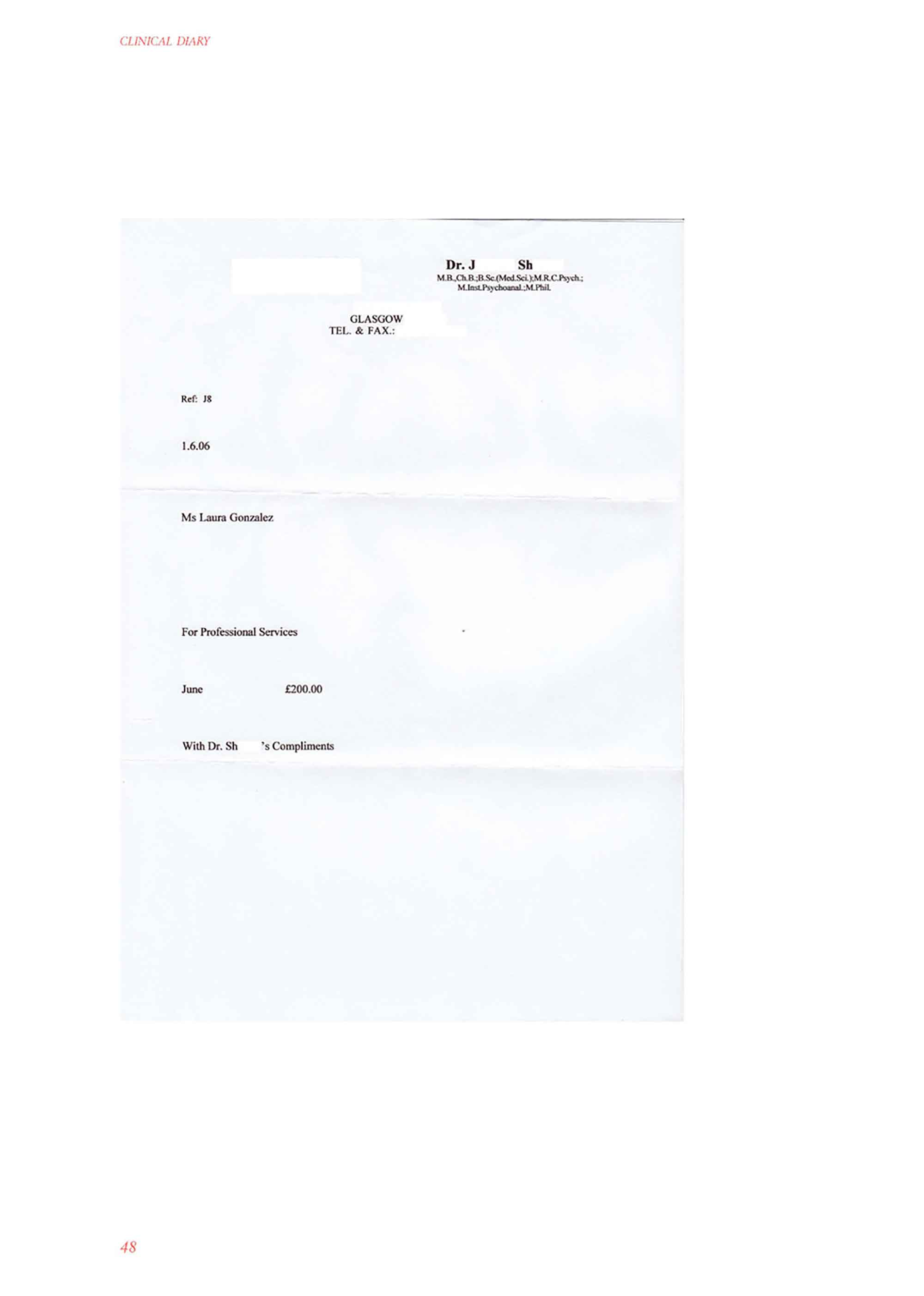- Login
Critical Spatial Practice



![Jacques Lacan’s Schema L. Adapted from Jacques Lacan, Seminar II: The Ego in Freud’s Theory and in the Technique of Psychoanalysis, 1954– 1955 (Le séminaire, livre II: Le moi dans la théorie de Freud et dans la technique de la psychanalyse 1954–1955 [1978]), ed. by Jacques-Alain Miller, tr. by Sylvana Tomaselli, London: W. W. Norton, 1991, p. 109. Jacques Lacan’s Schema L. Adapted from Jacques Lacan, Seminar II: The Ego in Freud’s Theory and in the Technique of Psychoanalysis, 1954– 1955 (Le séminaire, livre II: Le moi dans la théorie de Freud et dans la technique de la psychanalyse 1954–1955 [1978]), ed. by Jacques-Alain Miller, tr. by Sylvana Tomaselli, London: W. W. Norton, 1991, p. 109.](https://criticalspatialpractice.co.uk/wp-content/uploads/2019/06/LG-Image-4.jpg)
![What is a picture? The functioning of the scopic register. Adapted from Jacques Lacan, The Seminar of Jacques Lacan, Book XI: The Four Fundamental Concepts of Psychoanalysis (Le séminaire de Jacques Lacan, livre XI: Les quatre concepts fondamentaux de la psychanalyse [1973]), ed. by Jacques-Alain Miller, tr. by Alan Sheridan, New York: W.W. Norton, 1981, p. 85. What is a picture? The functioning of the scopic register. Adapted from Jacques Lacan, The Seminar of Jacques Lacan, Book XI: The Four Fundamental Concepts of Psychoanalysis (Le séminaire de Jacques Lacan, livre XI: Les quatre concepts fondamentaux de la psychanalyse [1973]), ed. by Jacques-Alain Miller, tr. by Alan Sheridan, New York: W.W. Norton, 1981, p. 85.](https://criticalspatialpractice.co.uk/wp-content/uploads/2019/06/LG-Image-5.jpg)

‘Only the subject desires; only the object seduces.’
Jean Baudrillard, Fatal Strategies (Les strategies fatales [1983]), tr. by Philip Beitchman and W.G.J. Nieslichowski, (London: Pluto Press, 1999) p. 111.
What makes a work of art seductive? Make Me Yours is concerned with the relational and psychodynamic aspects of the encounter between the work of the art and the viewer; one that, when seduction operates, is characterised by interplay, flow and conflict. The first step is to define seduction, a concept that is contingent, ridden with confusion, contradictions and connotative interpretations, even in the gallery space. Any attempt at pinning it down shows that it is pervasive and operates everywhere. To overcome this problem, I put forward a subjective approach, comprised of three practices: photographic, psychoanalytic and writing.
The context of my seduction is multiform: eighteenth-century libertine novels, particularly Les Liaisons Dangereuses and the writings of the Marquis de Sade; Giacomo Casanova’s memoirs; Frank Sinatra’s arrest in 1938; Sigmund Freud’s abandonment of the seduction theory; Søren Kierkegaard’s games between Johannes and Cordelia; Karl Marx’s commodity fetishism; Surrealist works, and Jacques Lacan’s mysterious, the object cause of desire. My own (nearly missed) encounter with Marcel Duchamp’s Étant donnés, and a bold shoe in a New York shop window play a part in delineating seduction, together with the occasional appearances of a detective, who will provide the forensic gaze required.
Laura González is an artist, writer, yoga teacher and an Athenaeum Research Fellow at the Royal Conservatoire of Scotland. She is also faculty at Transart Institute. When she is not following Freud, Lacan and Marx’s footsteps with her camera, she teaches art and psychoanalysis at various institutions in Europe and the US. She has created performances for galleries and festivals (Unfix, Buzzcut, Glasgow Open House and Market Gallery). She has been invited to speak at international symposia (MFIT in New York, CAA in Chicago, Medical Museion in Copenhagen). She has written on the seductive qualities of Philippe Stack’s Juicy Salif (Cambridge University Press, 2010; IGI Global, 2016) and of works of art (Cambridge Scholars, 2016). With Frances Davies, she has co-edited a collection of essays titled ‘Madness, Women and the Power of Art’ (Inter-disciplinary Press, 2013) to which she contributed a work, written with Eleanor Bowen. She has also published chapters on hysteria in performance (Palgrave Macmillan, 2019) and on the parallels between the work of art and that of analysis (Orpheus Institute, 2018). She is a Pranayama and Ashtanga yoga teacher at various studios in Glasgow and she has performed with professional dance companies, including Michael Clark, Barrowland Ballet and Scottish Dance Theatre. Between 2015 and 2018, and together with Penny Chivas, she co-directed @TheGlasgowJam, a multidisciplinary improvisation-based arts organisation. Her current work explores knowledge production and the body of the hysteric, for which she is translating Freud’s case histories into performance.
My work, encompassing writing for text or performance, visual and embodied material, falls in between my positions as an artist and a psychoanalysis reader and patient. My writing stages theoretical questions with rhetorical strategies. It is site-writing, ficto-critical, a form of resistance, a way to make and to critique simultaneously. The spaces of the encounter with the work of art are often remembered, dreamed or imagined as a matter of two, viewer and work. Thus, the issue of positioning, of where we stand when we create knowledge, is questioned in the writing itself, through both internal (psychic) and external spatial qualities.
Sophie Calle, Take Care of Yourself, 2007, Paris: Dis Voir/Actes Sud
Sharon Kivland, “Lexicon—between interpretation and mastery”, in Art&Text: Inscription, 2005, available from <http://www.art-omma.net/NEW/issue%2011/theory.htm> [accessed 26.06.19]
Sigmund Freud, “A Disturbance of Memory on the Acropolis: An Open Letter to Romain Rolland on the Occasion of His Seventieth Birthday”, (1960) 2001, in The Standard Edition of the Complete Psychological Works of Sigmund Freud, Volume XXII (1932–1936): New Introductory Lectures on Psychoanalysis and Other Works, translated under the general editorship of James Strachey in collaboration with Anna Freud, assisted by Alix Strachey and
Alan Tyson, 239–48. London: Vintage. Chapter first published 1936
as “Brief an Romain Rolland (Eine Erinnerungsstörung auf der Akropolis)” (Almanach der Psychoanalyse 1937: 9–21). Volume first published 1960 (London: Hogarth Press).



































































